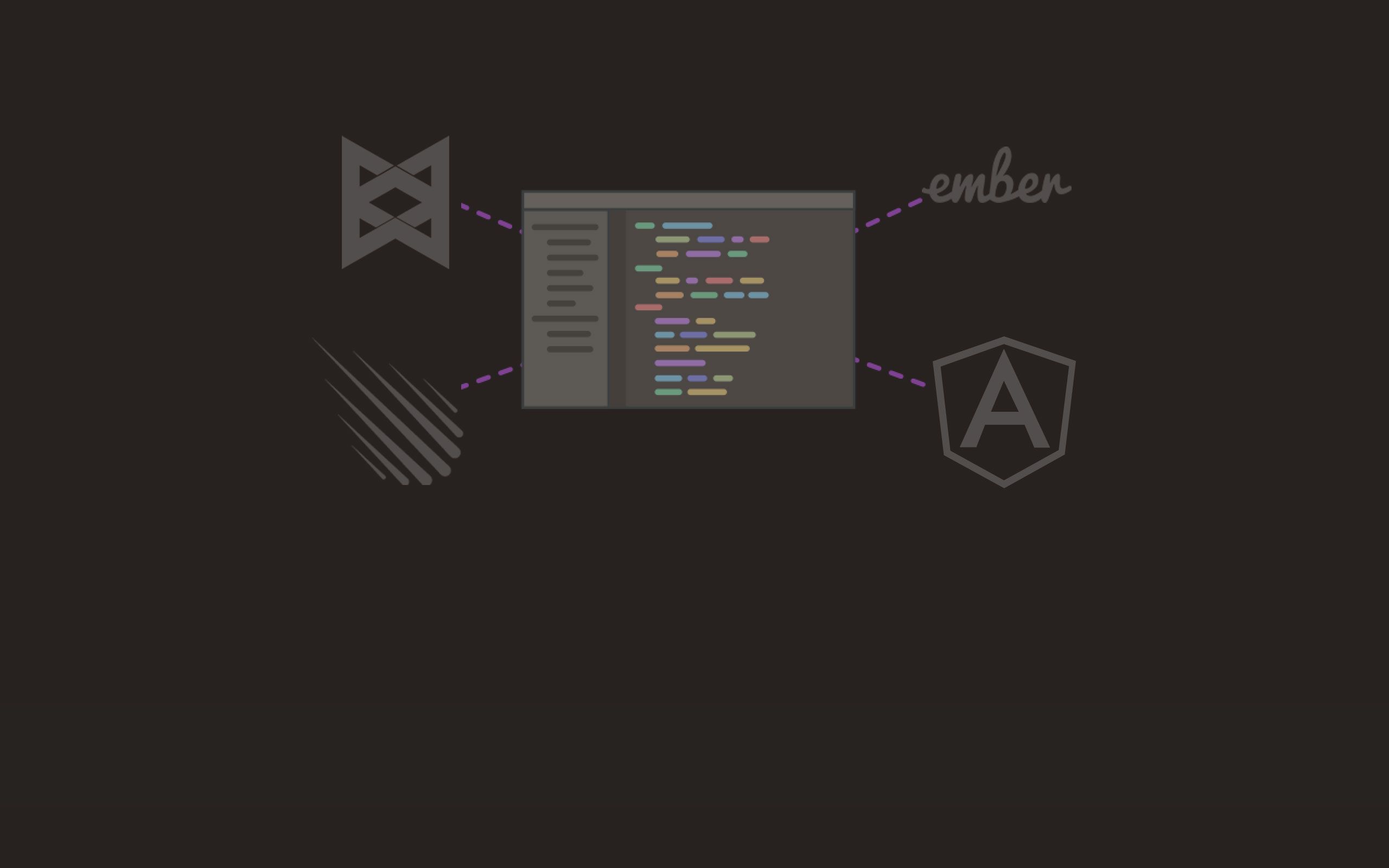Python has officially surpassed JavaScript as the most popular programming language on GitHub, marking a significant shift in the developer ecosystem. For years, JavaScript reigned supreme, for both frontend and backend web development. However, Python’s versatility and wide array of applications—especially in AI and data science—have helped it carve path to its dominance.
Why is Python good?
Python’s success isn’t just luck. It’s the result of a mix of many advantages and market trends:
- Simplicity and Readability: Python is known for its clean syntax, which makes it an good choice for both beginners and seasoned developers. This simplicity has been a huge factor in its popularity, as it allows developers to write and understand code quickly.
- Data Science and AI Adoption: The rise of data science, machine learning, and AI has made Python indispensable. Libraries like TensorFlow, PyTorch, and Scikit-Learn offer an ecosystem for AI development, attracting researchers and developers to Python as the primary language for these fields.
- Community and Ecosystem: Python’s rich ecosystem and large community mean there’s a library for almost anything—data analysis, web development, automation, and beyond. Its libraries and frameworks, such as Django, Flask, and Pandas, make it easy to get projects off the ground.
- Versatility Across Industries: Python’s use cases span from web development to scientific computing, automation, and beyond. Organizations in sectors like finance, healthcare, and technology favor Python for its flexibility and ease of use, making it more relevant across industries.
The Competition: JavaScript and TypeScript
While Python is on top, JavaScript remains strong, especially in web development, where it’s essential. Additionally, TypeScript—a superset of JavaScript—continues to grow. TypeScript’s typing system improves code reliability, making it increasingly popular for larger projects. As TypeScript gains traction, it shows that developers are looking for options that offer both dynamic and static typing for better control and maintainability.
What Does This Mean for the Future?
Python’s continued popularity shows that developers value readability, accessibility, and a strong support ecosystem. With Python leading on GitHub, it’s clear the industry is leaning toward versatile languages that lower barriers to entry, enhance productivity, and meet the demands of emerging tech fields.
However, as trends evolve, there’s room for change. TypeScript’s rise, for example, reflects a growing preference for languages that offer more control and scalability. JavaScript remains essential for web development, and languages like Rust are gaining ground for their focus on memory safety and performance.
Python’s top position is a testament to the programming language’s adaptability and its role in driving innovation across various industries. Whether for AI research, automation, or web development, Python’s versatility and ease of use have positioned it as the language of choice for the modern developer. As new languages emerge and competition heats up, Python will continue to evolve—but for now, it’s safe to say that Python has claimed its place as the reigning champion on GitHub.



